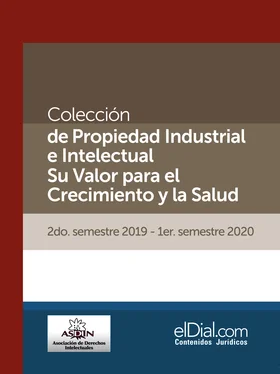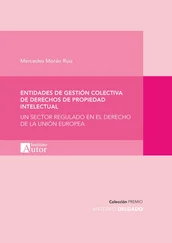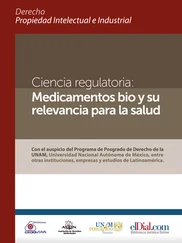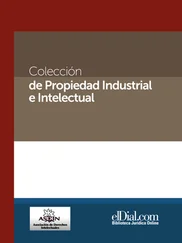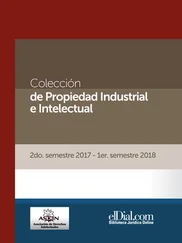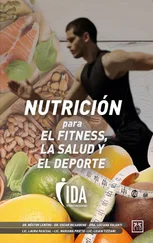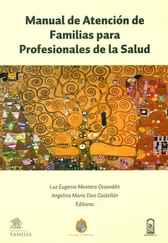This question is divided into two time-wise sub-questions:
1a. To what extent do secondary inventions mature into patents?
(This question was researched using data originated and accumulated at the US patent office).
1b. To what extent do these secondary patents ‘hold water’, i.e. to what extent do they survive litigations and remain valid and enforceable?
The second research question assumes that there are valid and enforceable secondary patents, and focuses on their actual use and its consequences. Thus, this question further asks:
2. To what extent do secondary patents indeed extend the life-cycles of the drugs?
In order to answer this question, it is divided into four sub-questions:
2a. Who in practice usually files these secondary patents?(This question was researched by using US Patent Office data).
2b. To what extent do innovative companies use the regulatory mechanism in utilizing secondary patents to extend their drugs’ life-cycles?(This question was researched using US regulatory data, mainly of Orange Book listings as well as generic companies’ certifications and the innovative companies’ reactions as revealed in litigations).
2c. To what extent did innovative companies win litigations on these secondary patents? Particularly, how often do generic companies infringe these secondary patents?(This question was researched by using US litigations data).
2d. Looking empirically into actual sales data, can a consistent connection be found between actual sales figures of drugs and secondary patents?(This question was researched by using US patent office data as well as market data).
The factual findings of these stages of the research show that patentability and validity of secondary patents are determined on a case by case basis according to the merits of each case.
Furthermore, the chances of losing litigations based on secondary patents are relatively high and the usage of secondary patents by innovative companies is on the decline.
Secondary patents sometimes succeed in extending the PLC and other times fail to do so, and in any case, throughout the research it emerged that the differences between the cases exceed the similarities between them although all cases relate to secondary patents in the pharmaceutical industry in the US.
The quantitative research has demonstrated that secondary patents directed at the same chemical ingredient as in the NCE (NCE means ‘new chemical entity’, i.e. ‘NCE patents’ are ‘Compound Patents’) patent are quite similar to other kinds of patents in terms of their prosecution process, as their issue rate and pendency duration were the same as for the general patent population. Upon their examination, the secondary inventions were either found patentable or not, depending on their specific characteristics.
Examiners in the US who tried to resist this kind of patent by raising general rejections pertaining to secondary patents, have failed to do so as rejections supported by general reasoning have mostly been overcome. Thus, this qualitative analysis innovatively shows that the question in relation to the extent to which secondary inventions are patentable does not have a definite general answer, as each secondary invention is tested for its patentability on its merits, like any other kind of invention, and as the patent laws dictate. Examiners that attempted to come up with ‘policy considerations’ in relation to the researched secondary patents were not successful in doing so (it is wrong and against the rational of the patent system to go for ‘class rejections’, and that each case of a secondary patent should be examined on its merits. This conclusion is applicable to the self-defeating prohibition to file pharmaceutical secondary patents applied for example in Argentina).
The initial conclusion is that within the researched population, the chances of a secondary patent to remain valid following a litigation proceeding is only 1:2. Furthermore, a correlation between the litigation substance and the validity decision exposes a pattern in which innovative companies are better off when they litigate multiple patents, including a secondary one, rather than a single secondary patent. The rest of the analysis shows that there is no regularity, and each case is decided on its own merits. Accordingly, although the database exposed as many ‘common’ variables as could be found, a model was still not feasible. Thus, although all of the investigated litigation files relate to US litigations pertaining to secondary patents in the pharmaceutical industry, the uniqueness of each file overcomes the similarity between the files. This conclusion was strengthened later on by the qualitative analysis in which many ‘uncommon’ variables were located and used to explain the variability between the researched cases.
The law is applied as is. Thus, criteria included in the law are considered, while criteria external to the law are ignored. The criteria included in the law take into account the certain specific circumstance of the case and therefore the decision is always on a ‘case-by-case’ basis, in line with the law. Considerations external to the law, either case specific or patent type specific, are not taken into account. Accordingly, the research shows that the patent law, which sets criteria for patentability based on the specific facts of the case, completely governs, and thus rules the chances an invention has of becoming a patent.
It is very interesting to note that the evidence reveals that although the practice of filing secondary patents in an attempt to extend the life-cycle of a product was started by innovative companies, the innovative companies gradually abandoned this route over the years. Generic companies picked it up and started to file this kind of patent.
Secondary patents might make an impact on the PLC depending on multiple specific circumstances surrounding the case. According to my interpretation of the evidence, this dependence on specific circumstances which pointed towards Universalism when occurred within the legal field, points toward Particularism when it occurs at the interface between the fields of law and marketing. Within the legal field, the result was dependent on certain categories of specific circumstances dictated by the law. Eventually, it was the law that determined the final result and thus I concluded it was the fruit of a universalistic approach within the legal field. In contrast, the specific circumstances that influenced the result of using the legal tool of patents in marketing were not part of any law and therefore, per my interpretation, represent Particularism per se.
This pure ‘Universalistic’ approach starts to dissolve upon the actual usage of this legal tool in a different field such as marketing. The particularistic approach then starts to be more influential and a more flexible approach is applied to mandate this usage. The effect secondary patents may have on the PLC is thus not dependent solely on legal theories which justify patents, and which are hopefully well expressed by the laws, but is also determined by particular circumstances which relate to the PLC concept. These strategies may include product, pricing, sales, advertising and promotion, distribution strategies, etc.
To summarize, this research focused on an emerging practice according to which there was an attempt to extend life-cycles of drugs by patents. In essence, the investigated practice showed that pharmaceutical companies were trying to impact their marketing performance using legal tools. The linkage between the fields of marketing and the law was thus the focus of this research. A grand theory of Universalism– Particularism was borrowed from a business/cultural context and was used as a basis for a theoretical model construed by this research to frame this linkage. This theoretical model has been shown by this research to mandate the interface between law and marketing as it concerns the case of secondary patents in the pharmaceutical industry in the US between 2001 and 2006.
Читать дальше
